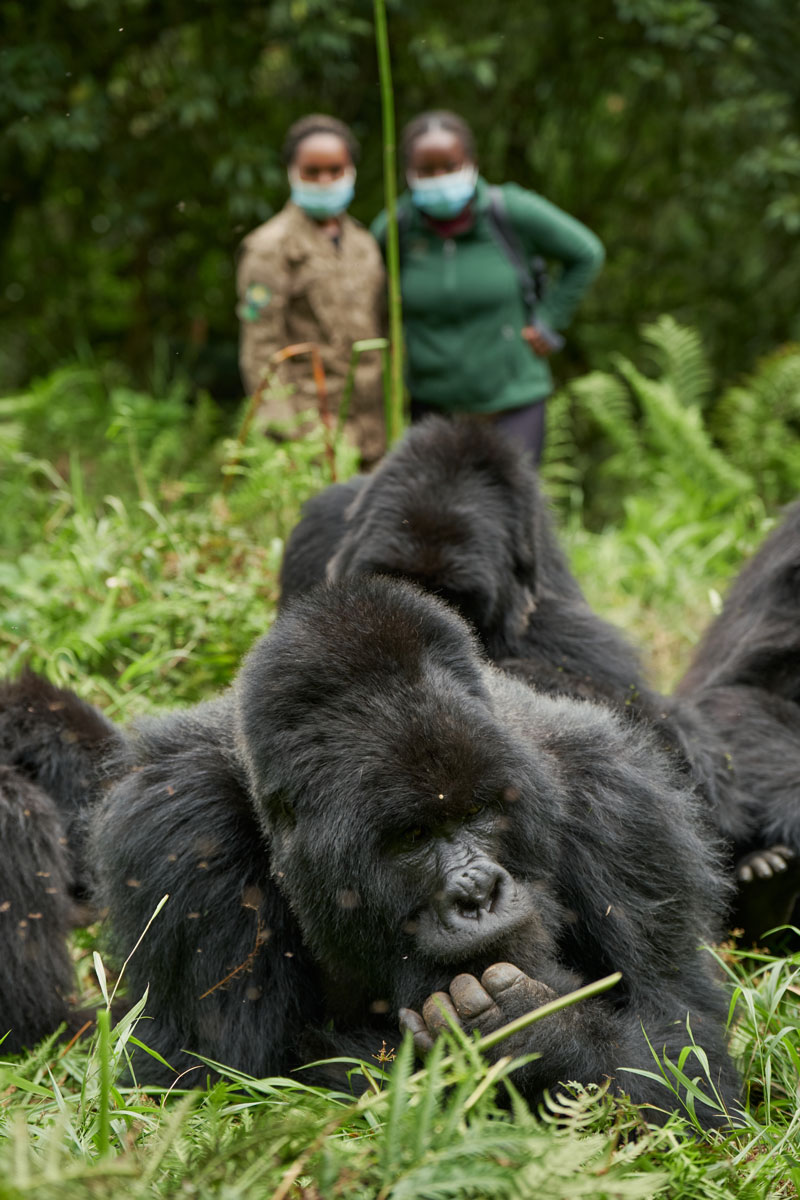
Complimentary Gorilla Permit at Gahinga and night at Kibale Lodge
On the Primates of the Great Rift Valley Safari
Volcanoes Safaris have been pioneers of gorilla and chimpanzee ecotourism in the region for over 25 years offering a complete tailormade safari service to award-winning lodges in Rwanda and Uganda.
Our safaris give you a unique insight into the world of the endangered mountain gorillas and chimpanzees, their habitats, and the communities that live nearby.
The Volcanoes team is excited to welcome you to on safari and to share the rich culture, history, and hospitality traditions of the Great Lakes Region of Africa.
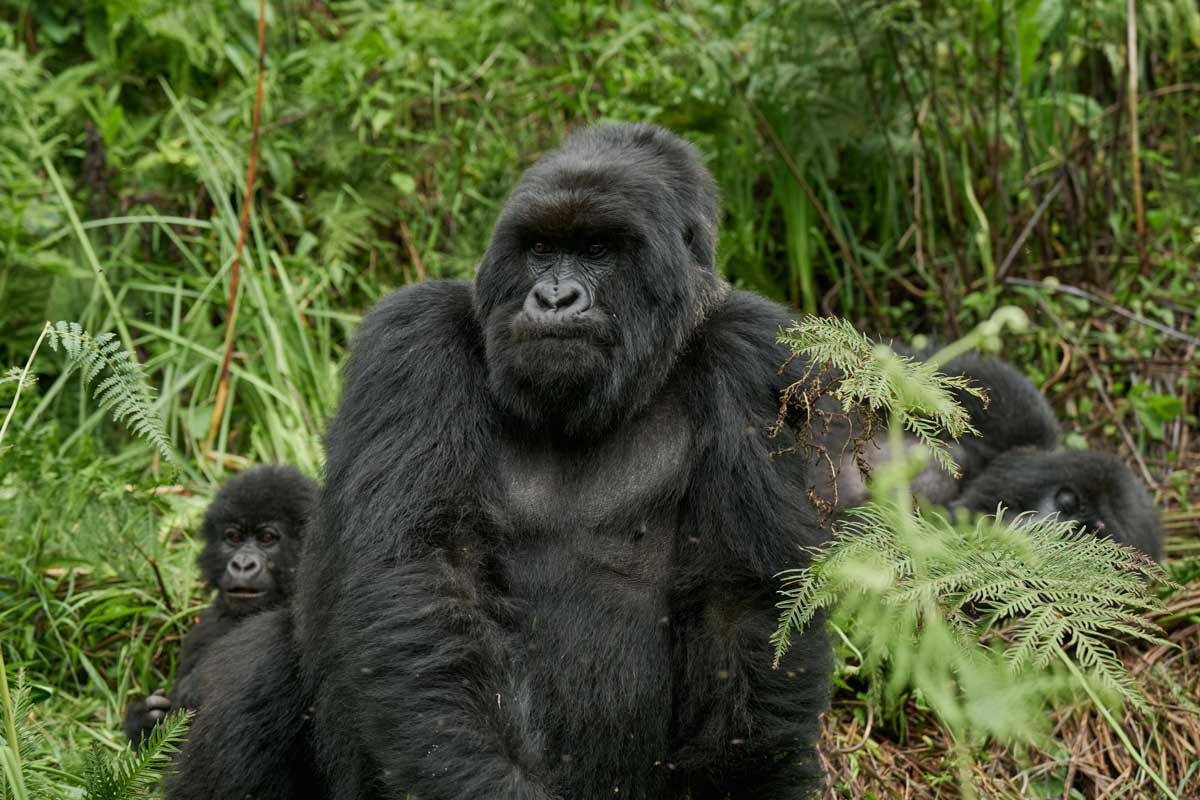
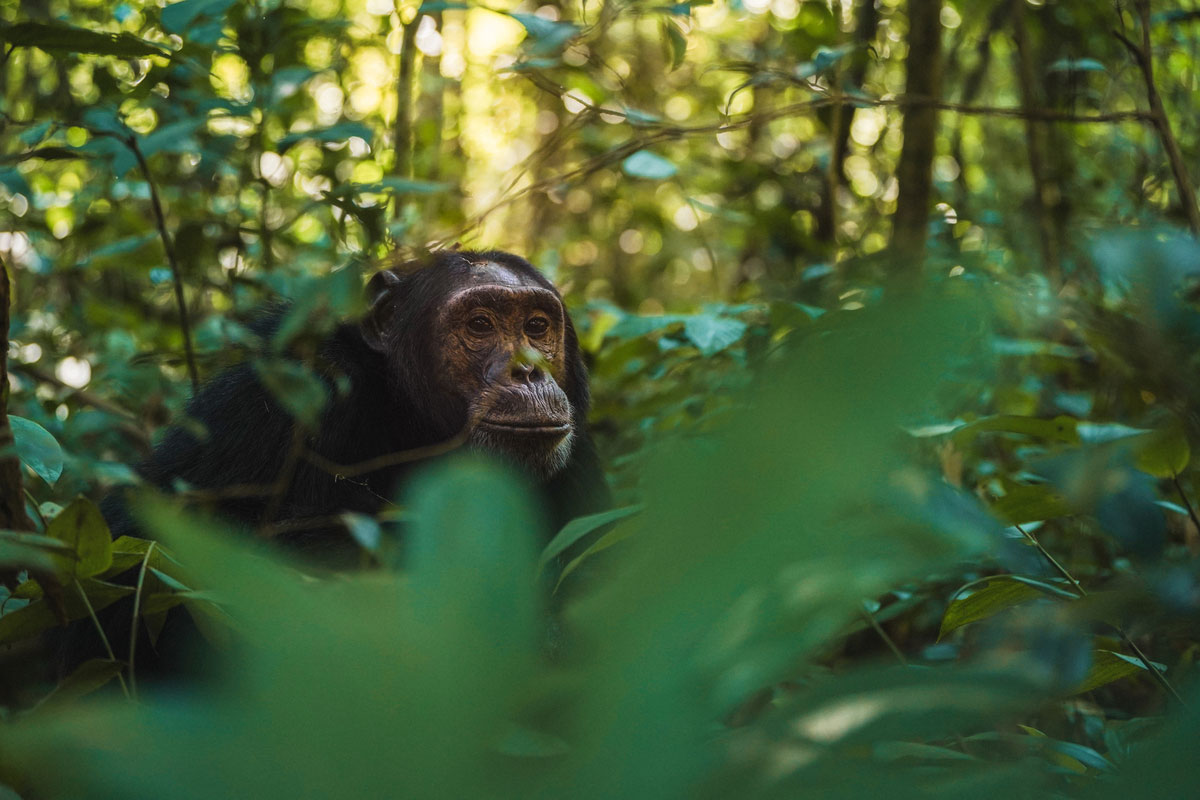
Volcanoes Safaris is the only company in the world to focus exclusively on the gorilla and chimpanzee parks of Uganda and Rwanda, a very rare and distinct type of eco-tourism.
Our expertly curated great ape safaris combine exceptional wildlife experiences with behind-the-scenes access to unique community and conservation projects, developed by the Volcanoes Safaris Partnership Trust while staying at the finest lodges in Uganda and Rwanda.
We have three lodges near the mountain gorilla parks: Virunga in Rwanda and Bwindi and Mount Gahinga in Uganda. Kyambura Gorge and Kibale focus on the chimpanzees.
Take advantage of our 2025 Special Offers and receive complimentary gorilla permits, complimentary lodge nights, and last minute best rates.
In 2022 we celebrated the 25th anniversary of Volcanoes Safaris with a series of events with our partners, including the Jane Goodall Institute, Dian Fossey Gorilla Fund, and Empowers Africa. We hosted a retreat with 25 conservationists at Mount Gahinga Lodge, where the ‘Albertine Apes Alliance’ was created to support collective action and advocacy to support the long term future of the great apes in the Albertine Rift.
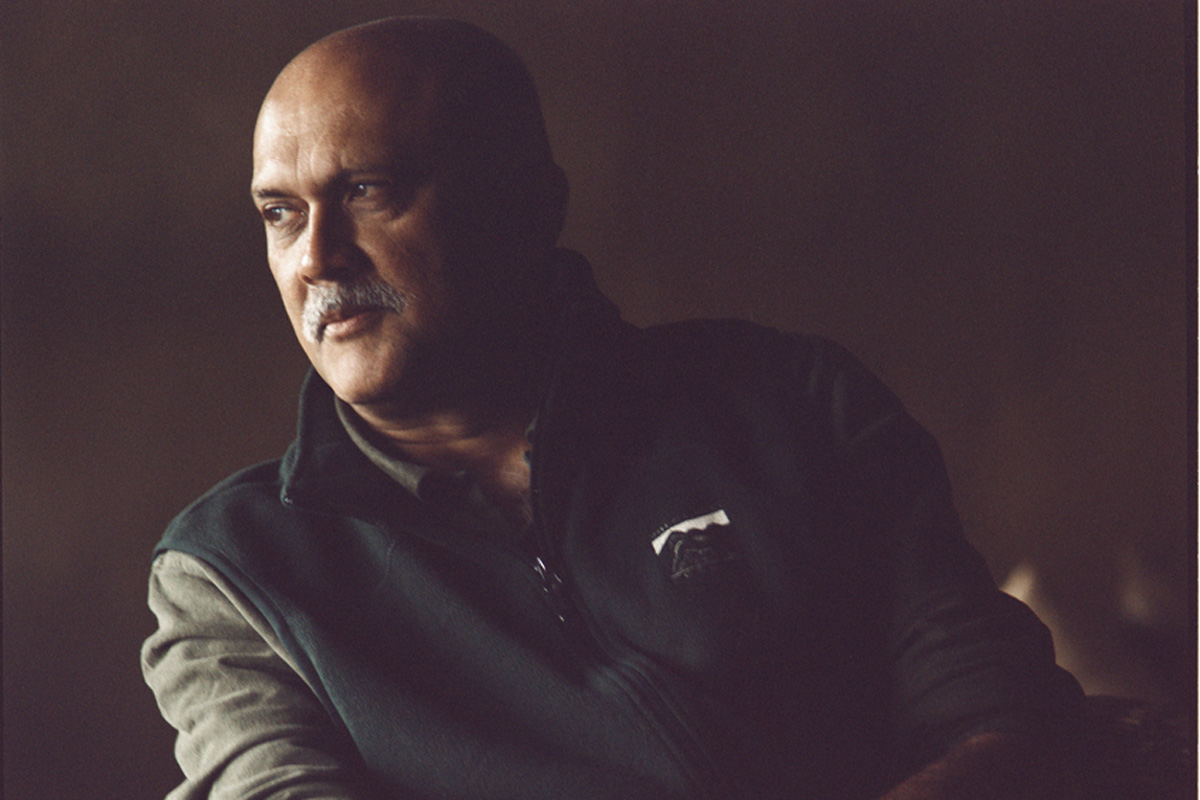

On the Primates of the Great Rift Valley Safari
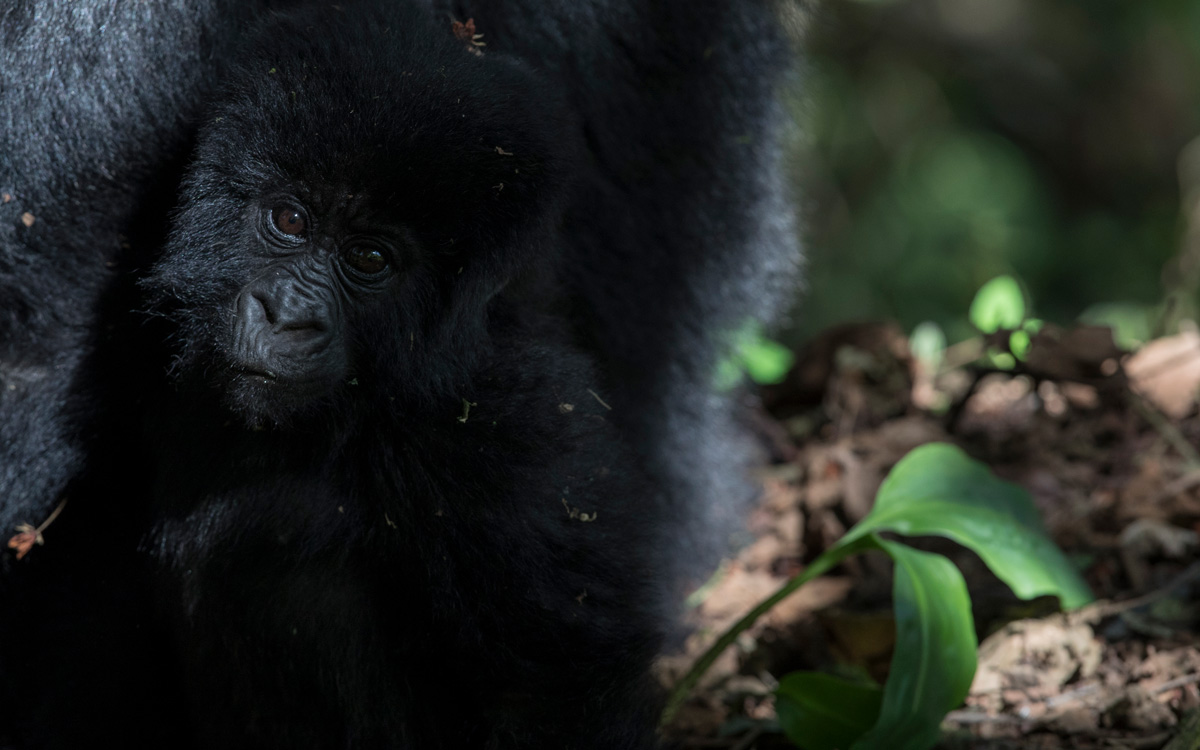
On a 7 night safari combining Bwindi Lodge and Kibale Lodge

Book now and receive 20% discount on all safaris over the holiday season!
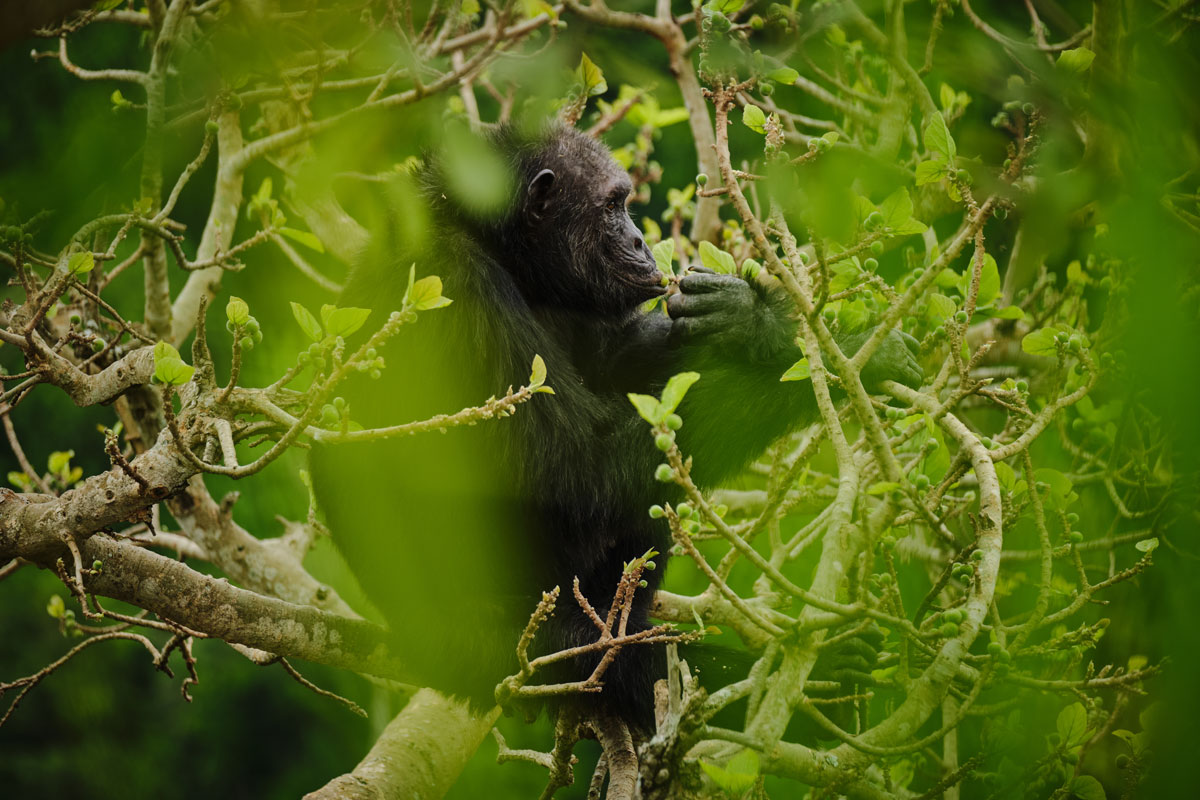
On the 7-night Gorilla and Chimpanzee Safari in Uganda
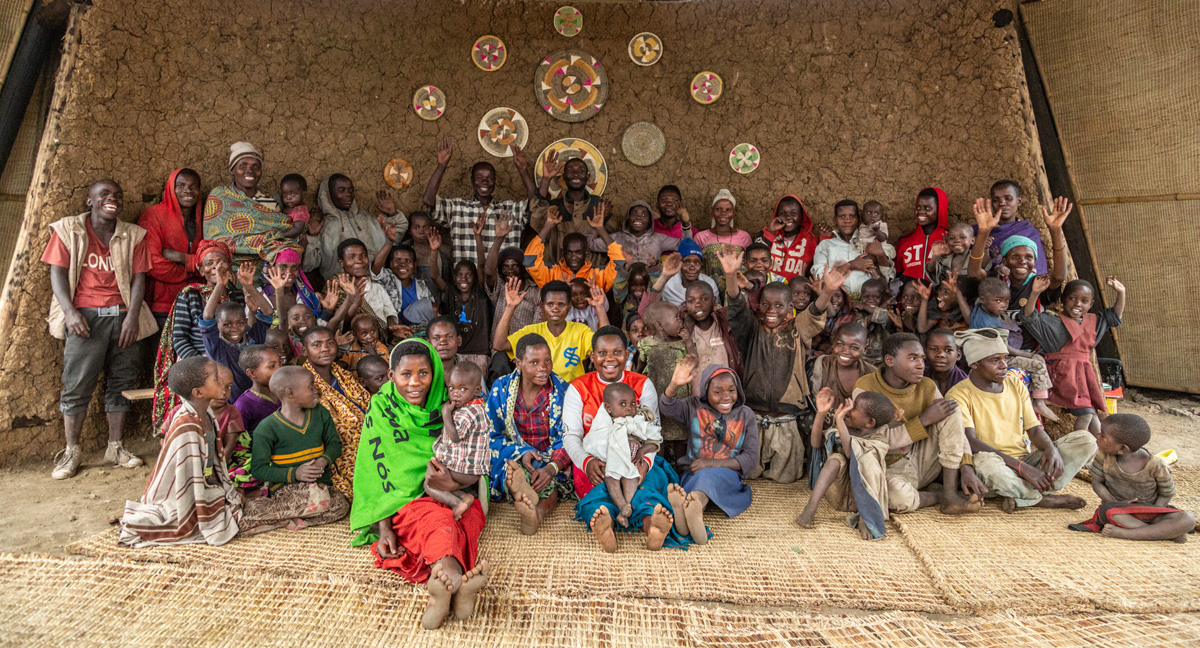
Each Volcanoes Lodge undertakes a range of non-profit community and conservation activities in its neighbourhood.
The Volcanoes Safaris Partnership Trust aims to create long-term, self-sustaining projects that enrich the livelihoods of local communities, promote the conservation of the great apes, restore natural habitats and work with communities and institutions to reduce human-wildlife conflict.
Our new partnership with Empowers Africa as our fiscal sponsor provides a simple way for contributions from US residents to be tax-deductible.
To make a booking, please complete this form or click here to chat to one of our sales consultants via our live chat. Alternatively, send us an email on enquiries@volcanoessafaris.com.